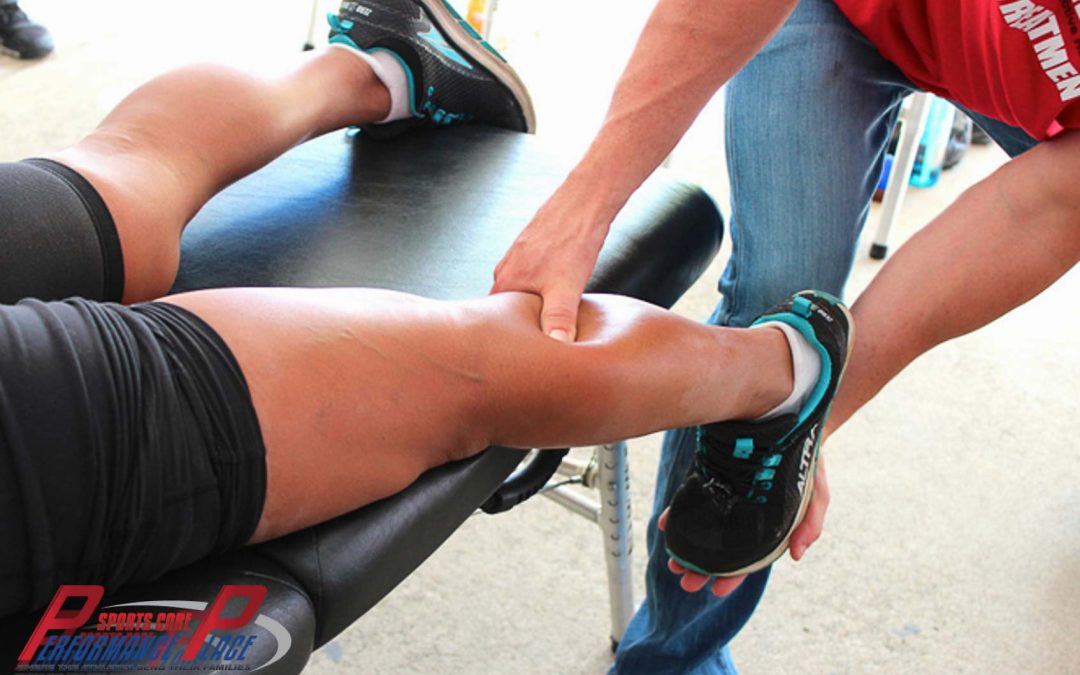Active Release Techniques
ACTIVE RELEASE TECHNIQUES, also known as ART, is a manual therapy technique used by certified providers to diagnose and treat soft tissue injuries. ACTIVE RELEASE TECHNIQUES is used to “smooth out” scar tissue and break up adhesion between soft tissue structures that can limit normal joint range of motion, which can produce pain and discomfort.
If you’d like to speak with me (Dr. Gonzales) about if Active Release is right for your condition, visit our Support Center. You can set up a time to speak with me directing through the “Out of Towners” link.
If you’d like to learn how Active Release can assist in your condition, go to my Injury Resource page. It’s packed with tons of free information.
If you’re local in So Cal, you’re in luck. Dr. Gonzales is one of the top Active Release Technique providers in Orange County. Book a Consult here.
Many professional and recreational athletes and everyday people suffer from pain and limitations of soft tissue injuries and the host of problems they can cause.
While there are many different types of practitioners and techniques used to help with these conditions, Active Release Techniques® is a patented, specific treatment method that is both highly effective and targeted for some of the most common, painful soft tissue disorders.
This article will discuss what Active Release Techniques is, discuss how it works to treat common injuries, compare and contrast it to some of the other treatments available, and discuss its benefits as part of a comprehensive approach to athletic training and prevention of injury.
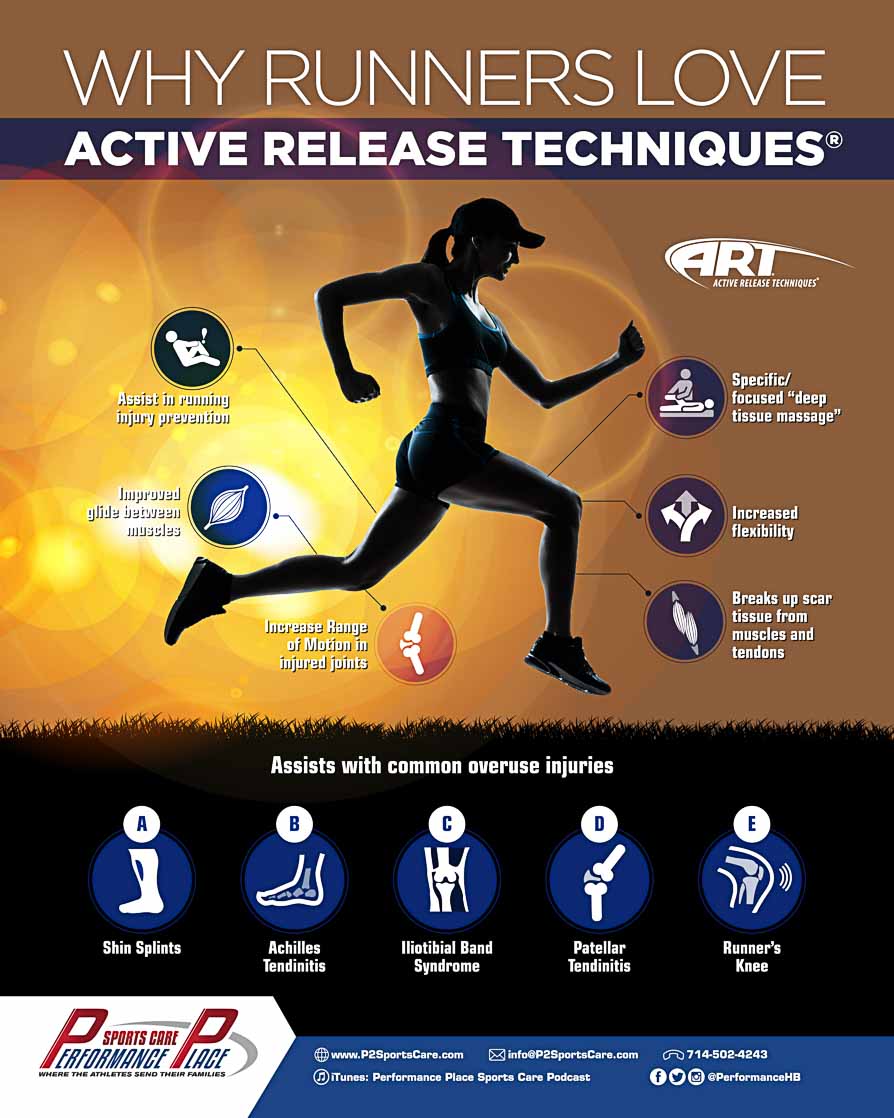
Share this Image On Your Site
What Is Active Release Techniques?
Active Release Techniques (ART) is a patented, highly advanced and specific treatment method for soft tissue injuries, nerve entrapment, and decreased/limited range of motion and flexibility.Each ART session consists of a combination of both examination of the injured soft tissue and targeted treatment of the area using both practitioner pressure and specific patient movements. There are over 500 different hand motions used by highly trained ART practitioners. I personally learned about it from my experience as a patient of Dr. Ron Higuera in Orange, CA. I started with Dr. Higuera as a low back pain teenager and left as a Doctor of Chiropractic, specializing in Active Release. Thanks Dr. Ron.Ok, back to the topic…Every treatment session is thereby unique and custom made for each patient given the nature and severity of their injury.
Developed in the early 1980’s by Dr. Michael Leahy, a former aeronautical engineer now a Doctor of Chiropractic medicine, Active Release Techniques was patented in 2001.
Since that time, thousands of physicians, physical and occupational therapists, chiropractors, athletic trainers, licensed massage therapists and strength and conditioning coaches have been certified in Active Release Techniques.
While not every ART provider is full body certified, many hold certification in the protocols unique to the areas of injury that they specialize in (i.e. spine, upper or lower extremity or nerve entrapment).
A full body certified Active Release provider must learn specific, unique protocols for over 300 different muscles, ligaments and tendons. To maintain certification, continuing education must be completed on an ongoing basis.

What Does Active Release Do?
The goal of Active Release Techniques is to release scar tissue, or adhesions, in the muscle and/or fascia (the smooth connective tissue covering of a muscle) that have accumulated over time due to injury or overuse.The adhesions prevent normal and smooth movement of the tissues with their surrounding structures, inducing a number of problems such as chronic inflammation and hypoxia (low oxygen), pain, fluid accumulation, joint stress and nerve entrapment.Patients treated with ART typically respond rapidly with decreased pain and increased function, flexibility and mobility.
In the Active Release Techniques patent document, it states that in the hands of “an expert medical practitioner”, over 90% of patients diagnosed with soft tissue adhesions had relief of their symptoms and limited range of motion over a period of six office visits (1).
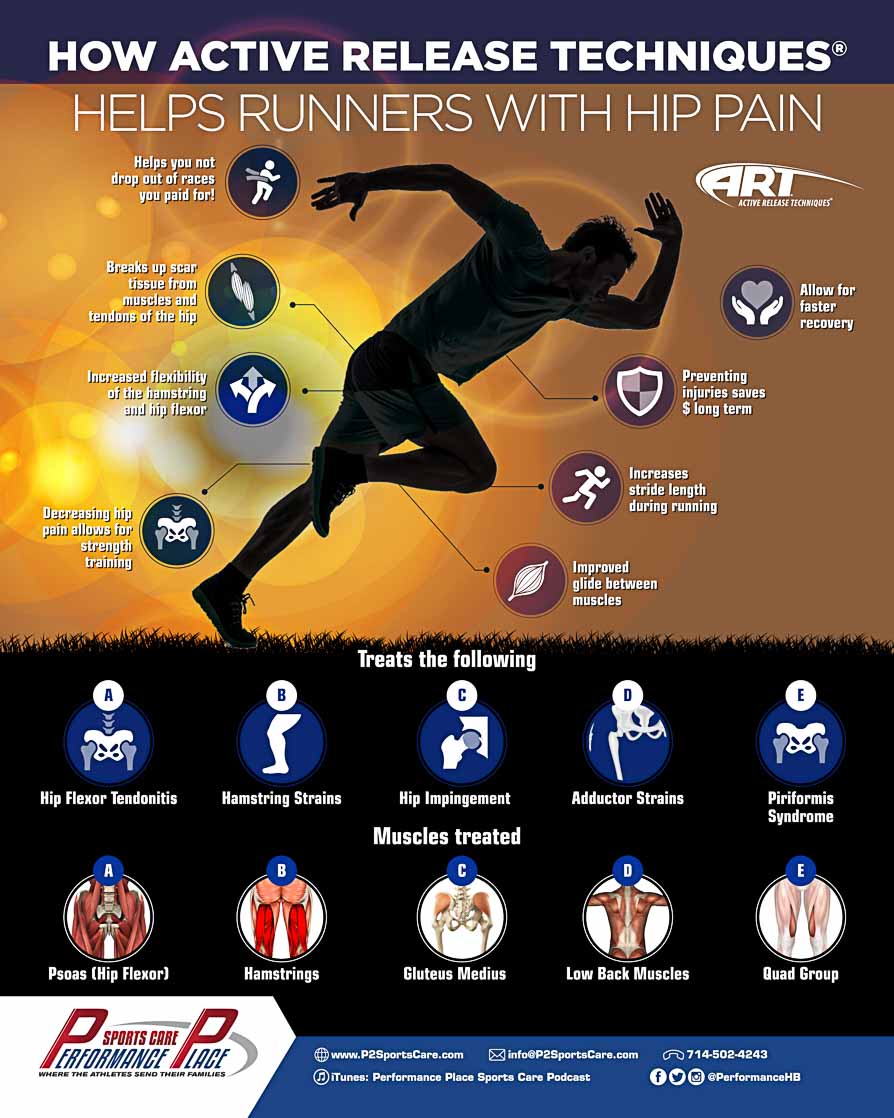
Share this Image On Your Site
How Does Active Release Techniques Compare To Other Treatments?
The study cited above is just one of many that have looked at the efficacy of ART compared to other available treatments.
While it’s beyond the scope of this article to discuss all of that research, it is helpful to compare and contrast ART to some of the other soft tissue treatments frequently recommended today.
Active Release Techniques Vs. Chiropractic Care
While many chiropractic physicians are certified in ART, not all are.
ART is therefore not a guaranteed part of chiropractic therapy, but many chiropractors are trained in ART and incorporate it into their regimens.
However, chiropractic manipulation remains the cornerstone of this branch of medicine. The theory of manipulation is that restoring proper musculoskeletal structure (alignment) allows the body the opportunity to heal itself.
Chiropractic medicine is a non-surgical approach that emphasizes drug-free pain relief.
Many of the same conditions can be treated with both therapies: back pain, neck pain, headaches and referred pain/nerve symptoms due to restricted structures and joints.
Both chiropractic manipulation and ART are non-invasive and hands-on.
However, ART is usually painful, and sometimes can induce a reproduction of the symptoms (especially true of Long Tract Nerve Entrapment Protocols®) while manipulation is usually pain-free and very tolerable.
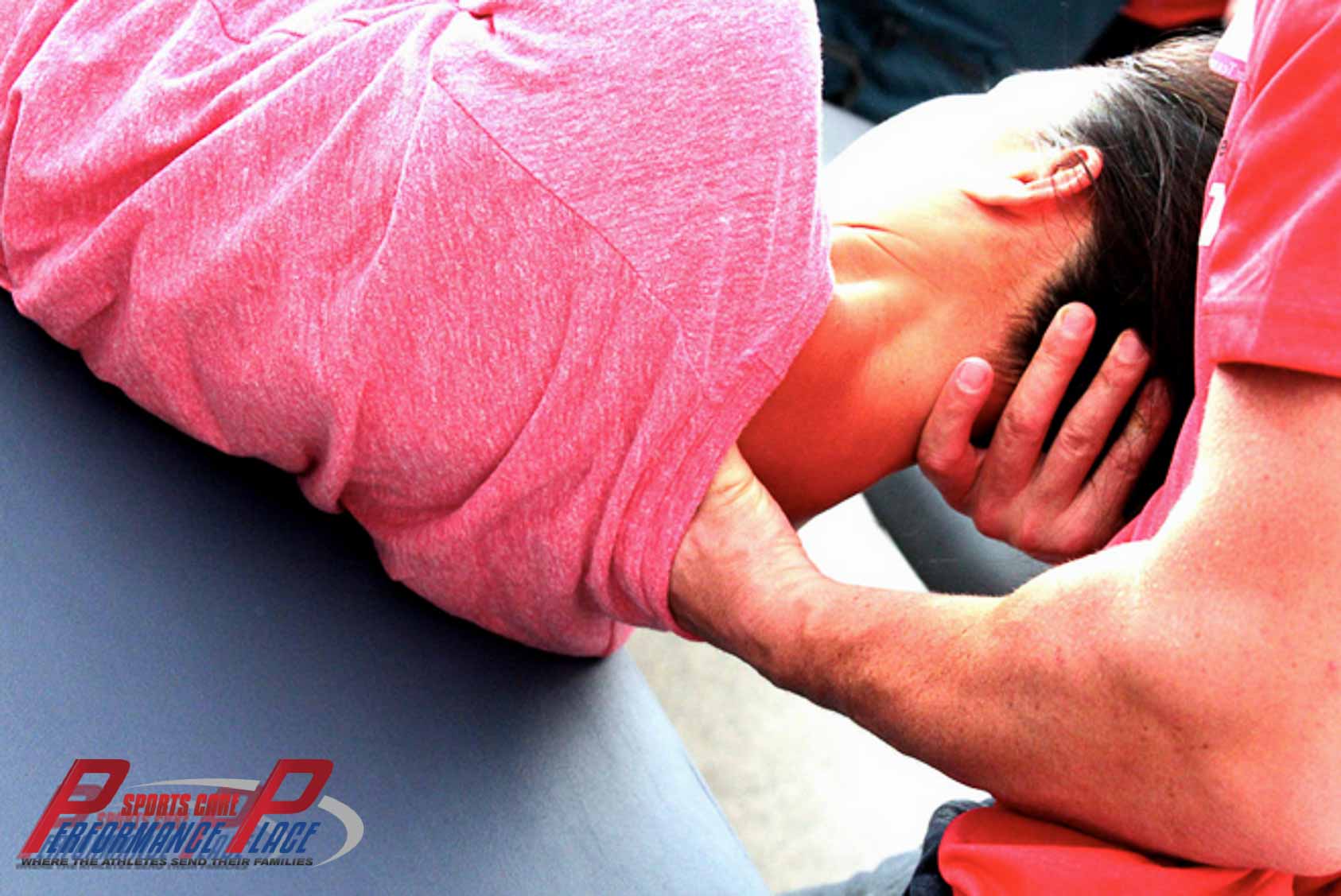
Both treatments provide pain relief, and both can be used to restore mobility lost as a result of both traumatic and overuse injuries.
However, only Active Release Techniques does this through disrupting adhesions or scar tissue.
And while both treatments can be preventative for further injury, only ART provides corrective effect on the soft tissue itself by addressing adhesions.
While both treatments are considered safe, chiropractic manipulation does carry some risks. Although rare, it can worsen a herniated disc and cause a serious neck injury if done improperly.
Chiropractic care is usually covered by most insurance plans; Active Release Techniques is usually not, so it will likely be an out of pocket expense.
However, results with ART are usually fairly rapid and corrective.
Chiropractic adjustment frequently must be done 2-3 times weekly over a period of time. The total number of treatments needed for sustained improvement will vary based on the condition being treated and the severity of the injury.
Active Release Techniques versus Massage

This is not a comparison of ART with Swedish massage, which is done for relaxation. Deep tissue massage is appropriate for comparison as it is a focused therapy for damaged or injured soft tissue.
While both licensed massage therapists and chiropractors perform both deep tissue massage and Active Release Techniques, only ART requires the practitioner to have and maintain specialty certification to perform treatment.
Both treatments are beneficial for acute and chronic, repetitive injuries. They both reduce pain, muscle tension and inflammation and stimulate circulation to injured tissues.
Deep tissue massage accomplishes this with trigger point release, a specific, focused area of tension within the muscle/fascia that the practitioner uses intense, repetitive pressure to lesson or “release”.
Deep tissue massage cannot, however, reduce or break up adhesions within the muscle tissue.
Only Active Release Techniques addresses this component of injury.
While both treatments provide pain relief, only ART truly addresses impaired function due as it restores range of motion by fully addressing the underlying cause of the pain. Because of this, it can be thought as a form of corrective therapy and deep tissue massage cannot.
Both therapies are low risk, and neither is generally covered by health insurance.
Active Release Techniques versus Graston Technique
These two soft tissue manipulation techniques are very similar as both address adhesions. Graston Technique requires a certification to perform, much like ART, and typically occupational and physical therapists, chiropractors, hand therapists as well as certified athletic trainers will perform Graston, much like Active Release Techniques.
While ART uses practitioner pressure combined with patient specific movements, Graston Technique uses small to medium sized metal tools for each specific area of injury.
Using these with a combination of pressure and rhythm, the Graston practitioner can “carve” away areas of adhesion in the soft tissues.
Both are aimed at reducing pain, inflammation, muscle tension, and fluid accumulation, all while increasing circulation to injured areas.
Graston technique treatments are described as being more painful than ART, and patients may have bruising that last several days after treatment.
Most Graston treatments and ART sessions will take about the same amount of time, and neither is generally covered by insurance.
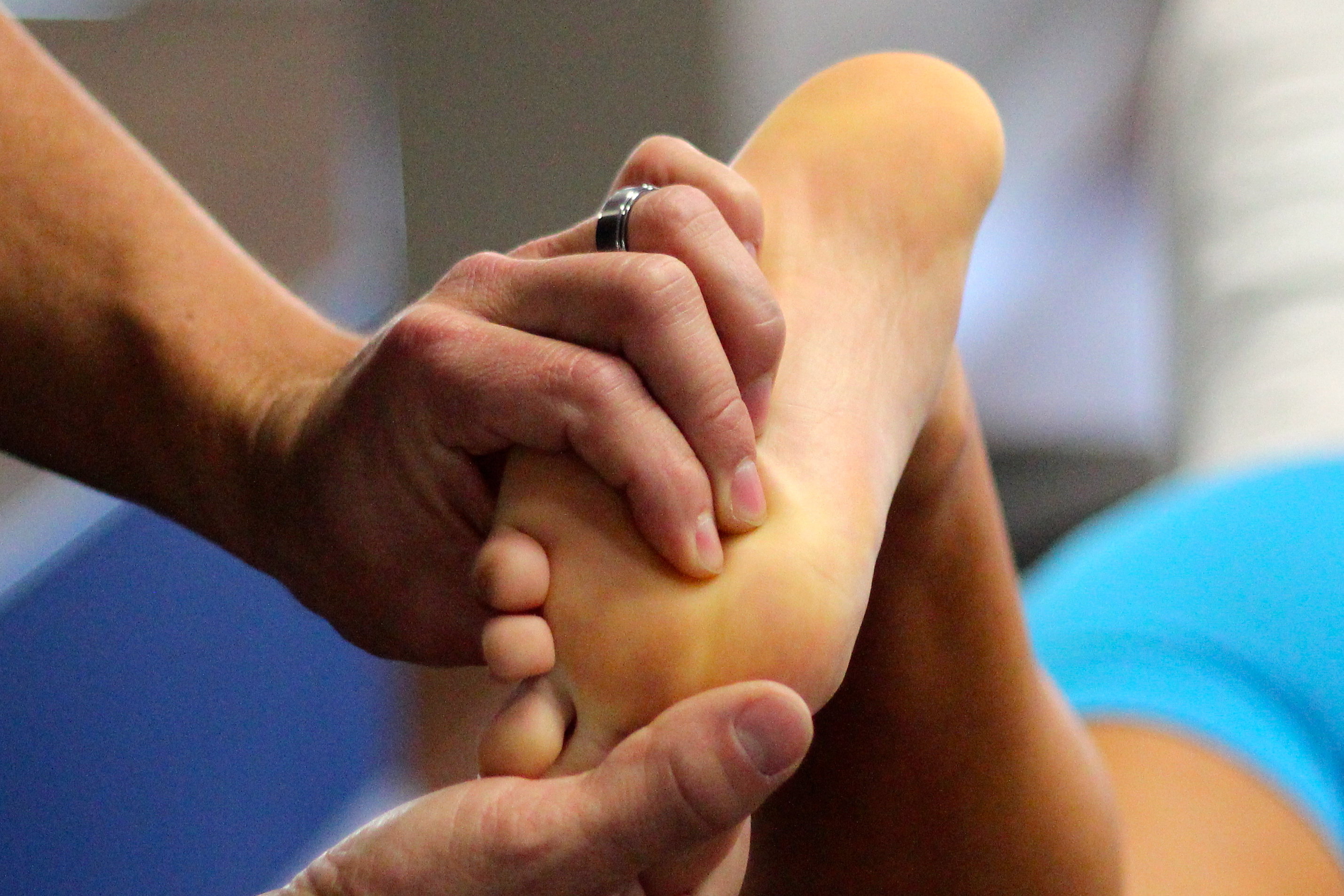
Both can be considered corrective therapies, with most Graston practitioners recommending several treatments per week over a period of a few weeks to adequately address the adhesions and restore full range of motion and mobility.
Active Release Techniques versus Dry Needling
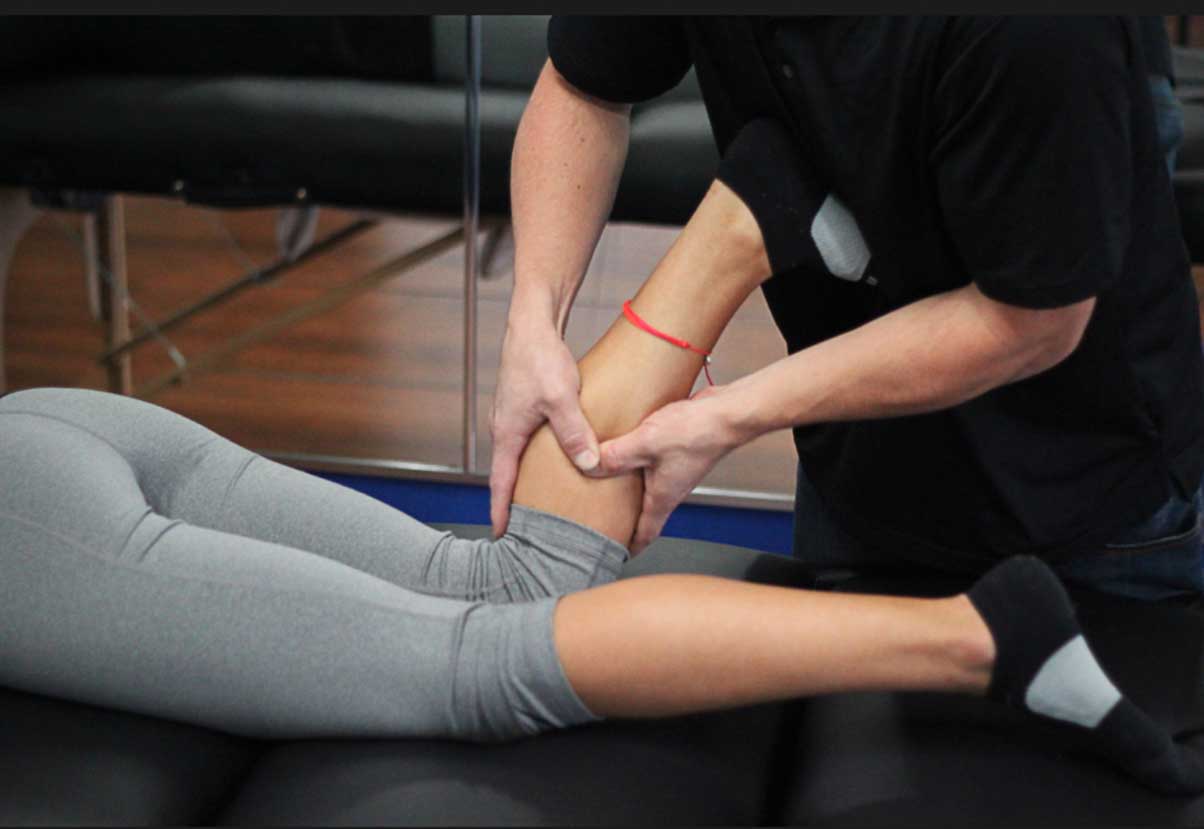
Dry Needling is also known as Western Acupuncture. It’s a close cousin to the ancient art of Acupuncture, which can trace its roots back 2,000 years ago in China. It uses the same acupuncture points as traditional Chinese medicine.
This technique is usually preformed by a licensed physical therapist. It is used to address myofascial pain as well as nerve and spinal injuries.
Dry Needling uses acupuncture needles that are “dry”, meaning they lack medication.
These are carefully inserted or threaded into trigger points in the myofascial tissue, which are areas of increased tissue tension that cause pain. The needles are thought to disrupt the neural signals causing the pain and break up or disperse the tension in the muscle.
While both treatments are aimed at relieving pain and stimulating circulation, Dry Needling does not address adhesions like Active Release Techniques. It is often used as part of a regimen that includes physical therapy and stretching to restore mobility and range of motion.
Both treatments can be somewhat painful, but both are considered to be safe and non-invasive.
Both will need to be done as a series of treatments; Dry Needling can be effective in a series of four to six treatments done over a two to three week period.
Most patients find pain relief fairly quickly with this method of soft tissue release, but the scientific research on its effectiveness is mixed. As is the case with Active Release Techniques, Dry Needling is usually not covered by medical insurance.
Active Release Techniques versus Rolfing®
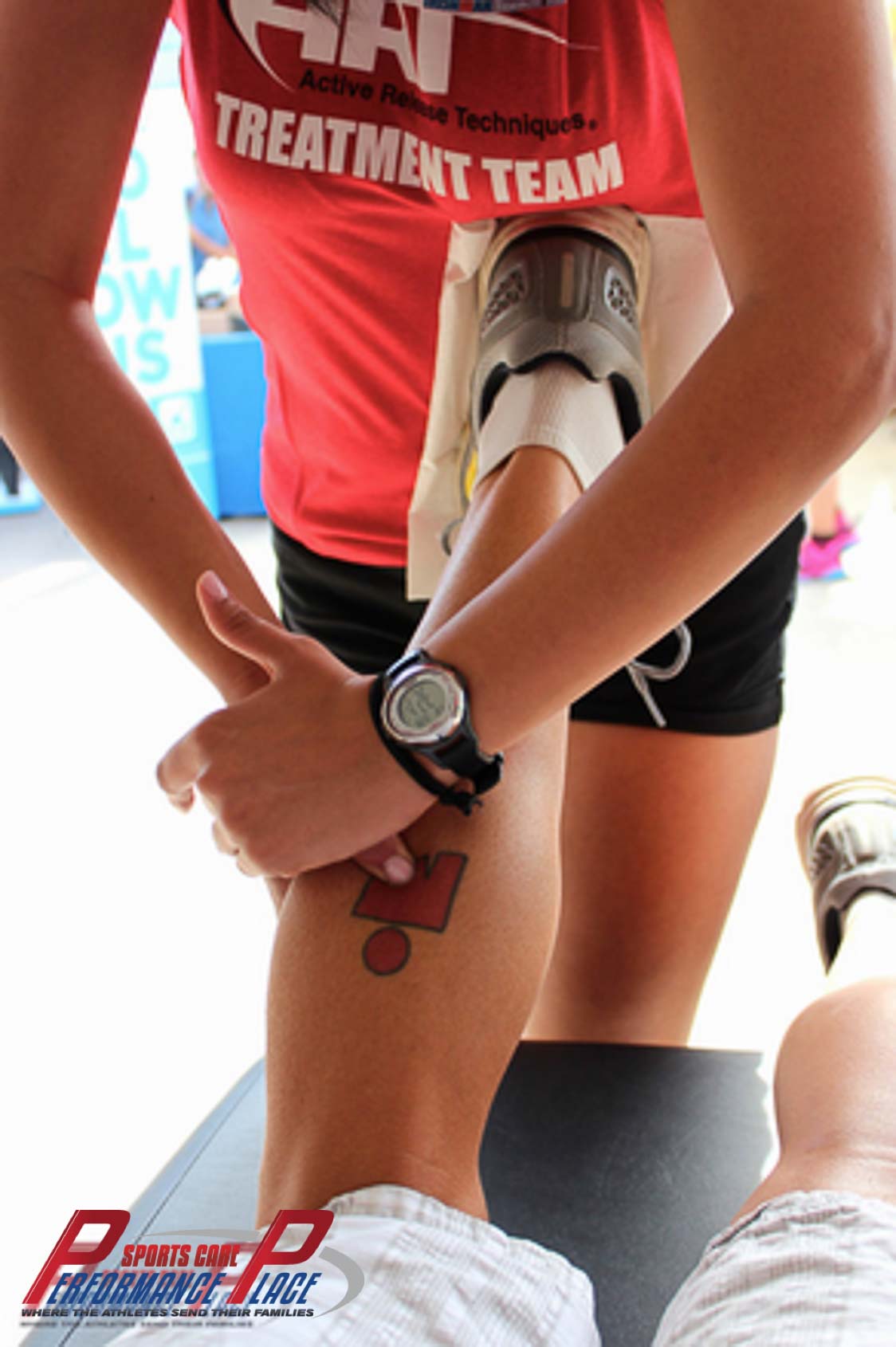
Rolfing® is a trademarked system of deep hand movements that addresses alignment of the fascia and connective tissue (not the boney structures) all the way down to the skeletal level.
Developed by and named for its founder, Dr. Ida P. Rolf, Rolfing is based on the principle that function follows structure. Rolfing vertically realigns the body, which improves both form and function.
A Rolfing practitioner can only be certified after a two-year course of study at the Rolf Institute of Structural Integration in Boulder, CO. Most, but not all, are licensed massage therapists. Ongoing education is necessary to maintain certification.
Both treatments can be uncomfortable.
While ART incorporates specific patient movements, Rolfing incorporates patient breathing during treatment.
Both treatments can decrease pain and muscle tension and are good for the prevention and treatment of both acute and repetitive stress injuries.
Rolfing also claims to improve fatigue and reduce the cumulative stress of poor posture. It also touts a strong mind-body connection and can be used in conjunction with other treatments for stress and anxiety issues.
Rolfing also claims to enhance performance by allowing the body to refine and economize its patterns of muscle use. It claims this allows for conservation of energy and more efficient use of the body.
Rolfing is unique in that it claims that all of these benefits can be achieved in a “basic ten series” of treatments, meaning that after ten specific and patterned treatments done over a period of a few months, the effects are semi-permanent.
Some patients may not ever need another treatment, while others may need continued care at regular intervals.
Another important difference to note is that Rolfing is not individualized like Active Release Techniques. The “theory” works for everyone, regardless of injury, sport, fitness level, etc.
There is scant medical research that can verify the benefits of Rolfing, but patient feedback and response indicates that it is helpful. However, just like ART, Rolfing is usually not covered by medical insurance.
Active Release Techniques versus Physical Therapy

Physical therapy is a branch of medical care that focuses on the prevention and treatment of injury and loss of mobility by applying numerous varied techniques.
These may include, but are not limited to: strength and conditioning, stretching, deep tissue and other forms of massage, Active Release Techniques, Dry Needling, and Graston technique.
Physical therapists also commonly use what are known as “passive modalities” which are things like ice, heat, traction, ultrasounds, electrical stimulation and low-level laser therapy.
A physical therapist is a highly trained, licensed practitioner and they are almost always involved in hospital, nursing home and orthopedic medical care.
Almost any post surgical rehabilitation program will include physical therapy services.
Physical therapy offers relief from pain without the use of pain medications. Active Release Techniques is one modality employed by physical therapists to do this.

The goal of physical therapy is to maintain, restore and improve movement.
It can be used for those suffering not only with musculoskeletal injuries, but also those whose mobility and functionality is impacted by chronic medical conditions such as cardiovascular, pulmonary and debilitating skin disease.
Physical therapy is an evidence-based practice, which means that the therapies and modalities that are used are supported by numerous valid and reproducible research studies.
Most, but not all of the services provided under physical therapy care are covered by medical insurance.
Benefits Of ART
Active Release Techniques is not just a treatment for those with injuries, pain or limited mobility. It can also be used to help prevent injuries in athletes and there is growing evidence that it can also be used to help improve performance and reduce recovery time in athletes as well.
Both professional and recreational athletes are using Active Release Techniques to maintain flexibility, range of motion and prevent injury due to repetitive stress. While any athlete can benefit from ART, it is particularly effective as part of a training routine for athletes such as runners and those athletes that typically suffer from throwing injuries, such as baseball players.
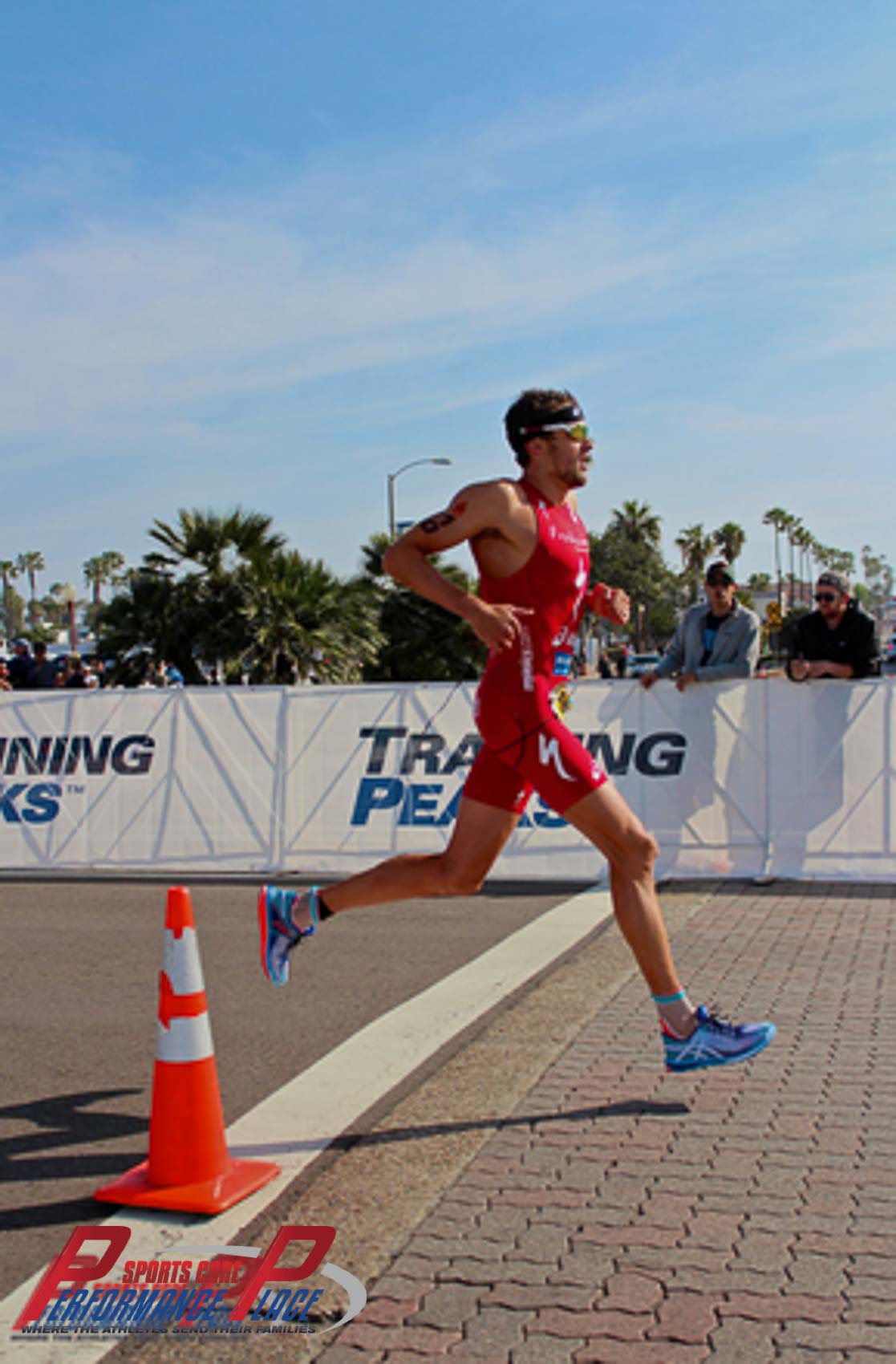
By incorporating ART into a comprehensive training regimen, athletes are finding the benefits of controlling and maintaining the wear and tear on their bodies (hips, shoulders, knees) allows them to not only perform better and longer, but also enhances the efficacy of other training modalities such as strength and stretching regimens.
The unique benefit of addressing adhesions routinely and preventatively is that it forces the body to heal in a more structured and ordered way. It prevents accumulations of scarring in the tissue that overstress the joints, tendons and ligaments, greatly reducing the risk of acute injury and muscular imbalance of chronic, overuse injuries.
By increasing flexibility, athletes can push further with strength training and stretching. By improving glide between muscles and surrounding structures, ART can enhance performance by increasing strength, speed, and range of motion all while encouraging more balanced body mechanics. Here are a few of the athletes and celebrities who reap the benefits of Active Release Techniques:
- Danny Glover (actor)
- Gary Roberts (NHL forward, North Carolina Hurricanes)
- Milos Sarcev (Mr. Universe 1989)
- The Denver Broncos
- The Seattle Seahawks
- The Atlanta Falcons
- The San Diego Chargers
- The Philadelphia Eagles
- Bill Romanowski (NFL player)
- The Toronto Raptors
- The L.A. Lakers
- The Anaheim Ducks
- Ultimate and Mixed Martial Arts (MMA) fighters
- Olympic athletes
- Donovan Bailey (100 meter Olympic Gold Medalist 1996)
- Dancing with the Stars contestants
Many professional athletes in the NFL, NHL and NBA routinely incorporate ART into their training regimens.
The restorative and preventative benefits of Active Release Techniques have become an invaluable part of athletic training for many world-class athletes.
By preventing dysfunctional changes in soft tissue, these athletes are able to train and function at a higher level. In today’s world of elite sports, that’s the name of the game.
While Active Release Techniques alone is an effective injury treatment and prevention tool, it really is best utilized in a comprehensive training or rehabilitation program.
It is a proven, effective method that’s quickly becoming the treatment of choice for serious and recreational athletes, both injured and healthy alike.
ART Can Be Used To Treat…
Active Release Techniques targets scar tissue known as adhesions in muscle tissue and fascia.
Scar tissue is the body’s natural and normal response to an injury. In muscle and fascia, adhesions will not only form not only in response to an acute injury, but also from chronic overuse.
In overuse injuries, little micro-tears occur over time and as the body heals them, adhesions can form.
An excellent analogy for an adhesion is a paintbrush. Normally, the fibers of the brush are all separate making the brush soft and flexible. This is how normal muscle tissue should be.
Think of dried paint as the adhesions. When not cleaned properly, the paint on the brush fibers hardens, the fibers stick together and the whole brush becomes brittle and essentially impossible to use. A muscle that has adhesions is no different!
- Soft Tissue Injuries
Adhesions cause muscles to become shorter, tighter and weaker. This in turn, puts stress on the tendons and ligaments around and attached to these muscles by increasing the tension both during use and at rest. Over time, inflammation, pain and dysfunction develop. The following are a few conditions that fall into this category:
- Achilles Tendinitis
- Ankle injuries
- Back pain
- DeQuervain’s Tenosynovitis
- Foot pain
- Plantar Fasciitis
- Frozen Shoulder (Adhesive Capsulitis)
- Golfer’s Elbow
- Tennis Elbow
- Hand injuries
- Headaches
- Hip pain
- Iliotibial Band Syndrome (IT band syndrome)
- Hip pain
- Knee pain
- Leg injuries
- Neck pain
- Repetitive Strain Injuries (Cumulative Trauma Disorders)
- Rotator Cuff Syndrome
- Running injuries
- Shin Splints
- Shoulder pain
- Tendonitis
- Throwing injuries
- Temporomandibular Joint disease (TMJ)
- Whiplash
- Wrist injuries
While this is a very diverse group of injuries they all have three things in common: they are acute conditions (pulls, tears, etc.) and/or the accumulation of small tears (micro-trauma) all in a chronic state of impaired oxygen (hypoxia).
The body’s response to these assaults is to form adhesions. ART addresses all three components by allowing the practitioner to examine the problem area, feel the abnormal movement and tissue adhesions, and then while using specific pressure, have the patient go through a series of movements.
This combination of pressure and movement helps to break up the adhesion, while stimulating circulation and restoring normal function.
- Peripheral Nerve Entrapment
Adhesions can also cause friction or improper interaction with nearby structures.
Normally, muscles glide smoothly and cleanly against other muscles, tendons, ligaments, lymphatic channels and nerves. When adhesions are present, there is friction with normal movement.
Over time, inflammation will build leading to pain, fluid accumulation and restricted motion and flexibility. In this setting, it is easy to see how the nerves can become enveloped in the tissue and compressed.
Symptoms of peripheral nerve entrapment can be mistaken for more serious diagnoses such as a herniated disc.
The following are common conditions that are examples of this type if dysfunction that can effectively be treated with the Long Tract Nerve Entrapment Protocols® of Active Release Techniques:
- Disc Herniations
- Sciatica
- Carpel Tunnel Syndrome
- Thoracic Outlet Syndrome
- Cervical Brachial Syndrome
- Radial Nerve Entrapments (Radial Tunnel Syndrome)
- Ulnar Nerve Entrapments (Handle Bar Palsy)
- Grip weakness
- Femoral Nerve Entrapments
All of these conditions share the common symptoms of shooting pain, numbness, tingling and weakness.
Active Release Techniques restores the smooth and frictionless movement of muscles and surrounding structures, reducing inflammation while stimulating lymphatic flow which all help reduce surrounding pressure on the peripheral nerves.
- Decreased Mobility and Flexibility
It is easy to see how adhesions of the muscles and fascia can cause injury and nerve entrapment. But they also can cause limited range of motion and decreased flexibility, which may or may not be painful, but could lead to greater injury.
While most people believe that a stretching regimen is helpful for this, it really isn’t the best answer.
A good stretching regimen done at the right time can be effective in preventing adhesions from forming, but it can’t do anything for them once they’ve formed.
A muscle that has adhesions is tight. If you remember our paintbrush analogy, it’s easy to see that stretching this type of muscle just doesn’t work. The scar tissue that comprises an adhesion is several times stronger than normal, healthy tissue.
In essence, adhesions can make a muscle unable to be stretched. They need to be addressed in order to bring back both flexibility and increased range of motion.
Several research studies have examined the effects of Active Release Techniques. A 2006 study demonstrated its rapid ability to restore flexibility in healthy adults (most had improvement after just one ART session), which translated to both improved performance and protection against future injury (2). Another in the Journal of Physical Therapy Science found Active Release Techniques superior to other forms of soft tissue treatment in restoring full range of motion after injury (3).
Sources:
- Leahy PM, Patterson T. Expert system soft tissue active motion technique for release of adhesions and associated apparatus for facilitating specific treatment modalities. Patent No. 6,283,916, Sept 4, 2001.
- George JW, Tunsell AC, Tepe RC, Skaggs CD. The effects of active release technique on hamstring flexibility: a pilot study. Journal of Manipulative and Physiologic Therapeutics. 2006 Mar-Apr;24(3):224-7.
- Jun Ho Kim PT, Han Suk Lee PhD PT, Sun Wook Park MS PT. Effects of the active release technique on pain and range of motion of patients with chronic neck pain. Journal of Physical Therapy Science. 2015 Aug; 27(8):2461-4.

